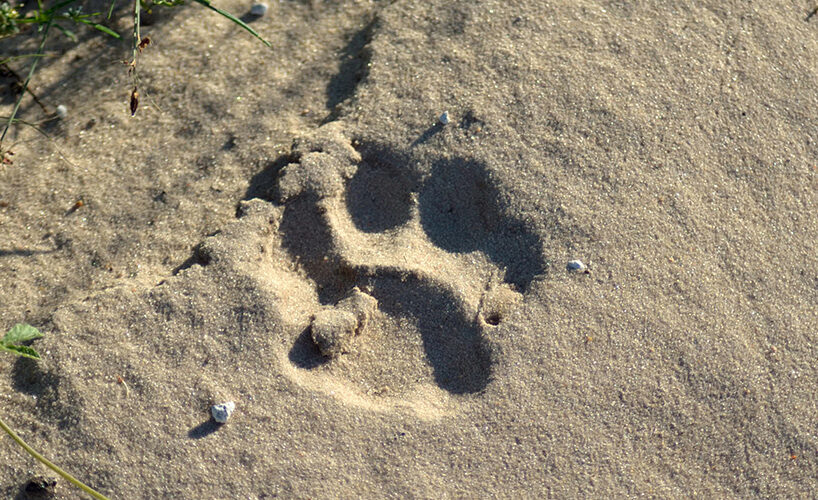We place satellite collars on leopards and lions to track their movements throughout this vast desert habitat. Individuals are captured and immobilised by a veterinarian and fitted with a collar that will regularly send their location to us via satellite. With this data, we can infer the size and location of their activity range, and the overlap between activity areas of different individuals. Additionally we can see if there are seasonal differences in the movement patterns. These data are complemented by the tracking skills of the San, a tradition that is thousands of years old. The tracks in the sand provide LEC with detailed information on the sex, age, resting sites, as well as hunting – and social behaviour of the large predators.
This allows us to get a broad picture of their activity area and to locate them for direct observation. We also cooperate with the indigenous San people, the First People of Southern Africa, to use ancient knowledge to track and interpret behaviour of leopards and lions. This allows us to indirectly observe detailed movement and hunting behaviour without disturbing the animals.
Merging of modern technology and tradition allows a unique view into the fascinating lives of leopards and lions. Thanks to the combination of these two techniques LEC can show that many of the study animals remain mainly within the protected area. Some of them however, do regular forays into adjacent farm land. Apart from the high danger of being shot by farmers, they also face the risk of being infected by lethal diseases transmitted by domestic animals.

